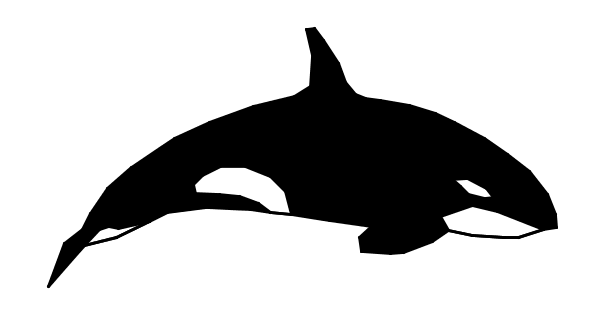SectionB.2Parallelogram
The shape in Figure B.2.1 is called a parallelogram. It is a quadrilateral (\(4\)-sided polygon) with two pairs of parallel sides, and each side has the same dimension as its opposite side. Note that any rectangle is a special parallelogram with \(4\) right angles.
We can easily calculate a parallelogram's perimeter:
\begin{equation*} \text{parallelogram perimeter}=2(3\text{ cm}+1.7\text{ cm})=9.4\text{ cm} \end{equation*}To calculate a parallelogram's area, let's look at this figure:
Once we move the right triangle from the right side to the left side, a parallelogram can be turned into a rectangle with the same area. Thus, a paralleogram's area can be calculated by a rectangle's area formula:
\begin{equation*} \text{Parallelogram Area}=bh \end{equation*}where \(b\) stands for the parallelogram's base and \(h\) for its height.
